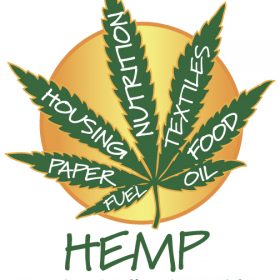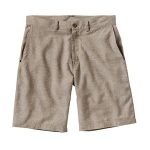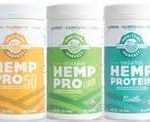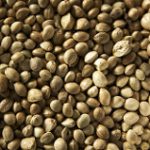Hemp was one of the first crops to be domesticated by early farmers, some eight to ten thousand years ago, and remained one of our most useful and valuable crops right up until the industrial revolution.
Hemp was originally domesticated for its nutritious seeds and tough fibres. A hardy plant, it grows quickly and will tolerate a wide variety of soils and climates. It is probably the single most versatile crop of all – almost all parts of the plant can be used for an incredible array of purposes.
The fibres of hemp are easily worked and were used to make cloth and sacking. It is believed that hemp stems were being pulped to produce paper some two hundred years before the invention of paper made from wood pulp. Up until the 1870s, hemp paper accounted for around 70{fa32f3da1db87532d93af57bebf07259016720c780c92cd8735931dd04d79e41} of the world’s paper production. Hemp was also used to produce canvas to make sails, and indeed the word ‘canvas’ is derived from the same root as Cannabis – the scientific name for hemp and its sister species.
Hemp was also used to produce rope, and all the world’s navies used hempen rope for their ships right up until the 19th century. Hemp seeds are highly nutritious and oily, and were used to feed humans and animals, or ground to make a flour used for baking. Although our ancestors didn’t know it, we now know that hempseed contains all ten amino acids essential for human nutrition, the only plant product known to do so. Not only that, but it also contains a high concentration of the essential fatty acids Omega-3 and Omega-6, giving hempseed a real claim to that much-abused title of ‘superfood’.
Despite its many uses, hemp production began to decline during the 19th century, when new materials and new ways of working flax, cotton, wool and other materials became available. Advances in wood-pulping technology also led to a massive decline in hemp paper production, a situation that could well have been reversed in the 1930s were it not for a vicious smear campaign that led to hemp being banned completely in the United States.
Hempseed oil can be refined and used in much the same way as oils derived from petrochemicals, and today it is used to produce plastics, cosmetics, lubricants, paints, inks and more. Petrochemicals are of course non-renewable, whereas hemp can be grown every year.
Hemp has also recently found favour as a building material. The stems and fibres add strength and flexibility to composite building materials. Concretes made using hemp can weigh as little as 15{fa32f3da1db87532d93af57bebf07259016720c780c92cd8735931dd04d79e41} as much as concretes reinforced with steel.
Today hemp cultivation is still illegal in the USA, and subject to licenses and regulation in most other countries, and hemp remains a marginal crop. Hemp is such a versatile plant, that offers us an environmentally friendly and renewable way to produce food, fabric, energy, paper, building materials, plastics, cosmetics and more, and we should all take more interest in the opportunities that hemp offers us.
At Hemptastic! we’re committed to providing information about hemp and its uses, and hemp products such as hemp cosmetics, hemp clothes and more. Visit us now at Hemptastic
.
More Hemp Articles










Leave a reply